In the advent of the Internet and the emergence of the new Land Transport Management System (LTMS) portal, even processes like acquiring a conductor’s license have become streamlined through online platforms. The Land Transportation Office (LTO) has transitioned many of their services online through the portal, allowing individuals to obtain their conductor’s license hassle-free, ensuring efficiency and saving time and effort for the applicants.
After all, acquiring an LTO conductor’s license is not just about obtaining a piece of identification; it signifies a commitment to safety and responsibility within the realm of transportation. With a conductor’s license on hand, qualified individuals get the authorization they need to undertake the duties and responsibilities of a conductor. Whether it’s ensuring passenger safety, managing fares, or maintaining orderliness during transit, possessing a conductor’s license is a testament to one’s capability and compliance with regulatory standards.
What is an LTO Conductor’s License
A conductor’s license (CL) is a type of license or permit issued by the LTO to empower individuals to fulfill the roles and obligations associated with conducting public transportation services. It serves as an official recognition of competence and eligibility to perform duties integral to passenger transportation systems. Essentially, it acts as a badge of proficiency and compliance within the land transportation sector, ensuring that conductors are well-equipped to handle their responsibilities in assisting the driver in fare collection, checking and issuing tickets, and ensuring the safety of the passengers and cargo of any public service operator effectively. It is also proof that the conductors have what it takes to assume responsibilities in cases of violation regarding overloading of passengers or freight or cargo beyond its registered carrying capacity.
Much like the professional Driver’s License, the Conductor’s License is a necessary requirement from those who wish to work as a conductor and earn. It doesn’t require one to be able to drive. Instead, the license is issued to qualified individuals so they can legally perform the following tasks in the Philippines:
- collecting and issuing tickets, passes or fares
- checking the validity of issued tickets
- attending to the passengers
providing assistance regarding boarding, seating and luggage particularly to the elderly, sick, disabled, or injured passengers; - opening and closing doors for passengers;
- performing safety checks prior to departure
- signaling to drivers to stop or proceed when passengers disembark
- greeting passengers, checking boarding transportation equipment, and announcing routes and stops
ensuring that safety regulations are observed - responding to passengers requests and complaints; and
- taking charge of appropriate actions in cases of emergencies or accidents
Getting a Conductor’s License Online
Getting a conductor’s license online means going through the specialized screening procedures set by the agency via the LTO LTMS portal. To obtain an LTO conductor’s license, candidates must not only meet specific qualifications to ensure their suitability for the role, but also prove the claims by submitting the documentary requirements to prove their qualifications and identity. These qualifications include being at least eighteen years old, physically and mentally fit for work, proficient in reading and writing Filipino and/or English, among other criteria outlined by regulatory bodies. Moreover, applicants of the conductor’s license need to successfully complete the Conductor’s Theoretical Course (CTC) from the LTO Driver’s Education Center (DEC) and acquire a certificate of completion, underscoring the importance of proper training and education in this field.
According to the guidelines and procedures for the issuance of the Conductor’s License governed by the Supplemental Implementing Rules and Regulations (IRR) of the RA 10930, a valid conductor’s license allows an individual to secure work as:
- Bus conductor
- Bus inspector
- Cable car conductor
- Passenger car conductor
- Railway passenger train guard
- Road freight conductor
- Ticket inspector (public transport)
- Train conductor
- Transport conductor
Benefits of Getting a Conductor’s License via the LTMS Portal
Getting a conductor’s license online via the LTMS portal offers the following benefits:
- Acquiring a conductor’s license via the LTMS portal grants individuals the legal authority to perform the duties of a conductor within the public transportation system.
- Possessing a conductor’s license signifies a commitment to safety protocols and regulations, ensuring the well-being of passengers and the general public.
- A CL serves as a mark of professionalism within the transportation industry, enhancing credibility and trustworthiness among peers and passengers alike.
- The LTMS portal offers a user-friendly interface, simplifying the application process for aspiring conductors.
- Applying online eliminates the need for physical visits to LTO offices, saving applicants valuable time and effort from having to suffer in notoriously long queues.
- The portal allows applicants to access services and information from anywhere with an internet connection, promoting inclusivity and convenience.
Who May Avail a Conductor’s License Online
According to Republic Act (RA) 10930, obtaining a Conductor’s License (CL) in the Philippines requires one to satisfy the following qualifying conditions:
- Must be at least eighteen (18) years old
- Must be physically and mentally fit to work and no contagious disease
- Must be able to read and write in Filipino and/or English
- Must have passed the theoretical examination for New CL and those not renewed for more than two (2) years from the expiry date
- Must not have unsettled traffic violation
- Must have completed the Conductor’s Theoretical Course (CTC) from LTO Driver’s Education Center (DEC)
- Must not be a drug user or alcoholic
- Must be clean, neat, and presentable
- For new applications and those with dormant license (who has not renewed their CL for over two (2) years): Must have attended and passed the theoretical examination from either the LTO Driver’s Education Center, the LTO-accredited Driving School, or the LTO-accredited TESDA Training Center
- For those seeking to renew the five (5) year Conductor’s License for the first time: Must have completed the Conductor’s Enhancement Program (CEP) prior to application
- For those seeking to renew their Conductor’s License with Examination [Expired for more than two (2) years] and/or with five (5) to nine (9) Demerit Points: Must have completed the Conductor’s Re-orientation Course
- For those seeking to renew their Conductor’s License with Examination [Expired for more than two (2) years] and/or with ten (10) or more but less than forty (40) Demerit Points: Must have completed the Conductor’s Re-orientation Course and passed the Theoretical Examination
In general, individuals who meet the specified qualifications listed above including age requirements and physical fitness criteria, have completed the Conductor’s Theoretical Course (CTC) from LTO DEC, and who meet other eligibility criteria outlined by regulatory authorities may try to secure a conductor’s license from the LTO.
Documentary Requirements
- Electronically transmitted medical certificate from LTO accredited medical clinic. Submission of one (1) photocopy and presentation of original medical certificate
- Presentation of the original and submission of one (1) photocopy of any of the following:
- PSA Certificate of Birth
- Philippine Identification Card
- Passport
- PSA Certificate of Marriage for married women
- Taxpayer’s Identification Number (TIN)
- Presentation of original and submission of one (1) photocopy of Conductor’s Theoretical Course (CTC) Certificate
Procedures
The process of acquiring a conductor’s license (CL) from the LTO via the LTMS Portal involves the following steps:
Step 1: Make sure that you have a stable internet connection and a compatible web browser on your device.
Step 2: Navigate to the official LTMS portal by typing “LTMS LTO” into your search engine or directly visiting the official LTMS portal website.
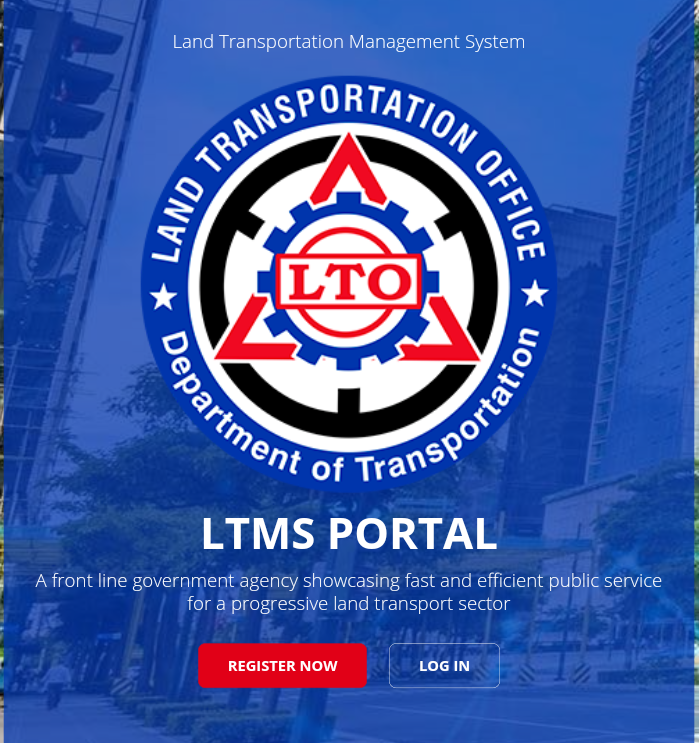
Step 3: Log in to your registered LTMS account by keying in your login credentials, using either your registered email address or LTO Client ID and the nominated password. Then, click the “Sign In” button.

Note: If you have yet to register for an LTMS portal account, then you’ll need to create an LTMS portal account first by clicking the Register button and following the registration prompts.
Step 4: Once logged in, locate and click on the Profile icon on the Dashboard menu options.
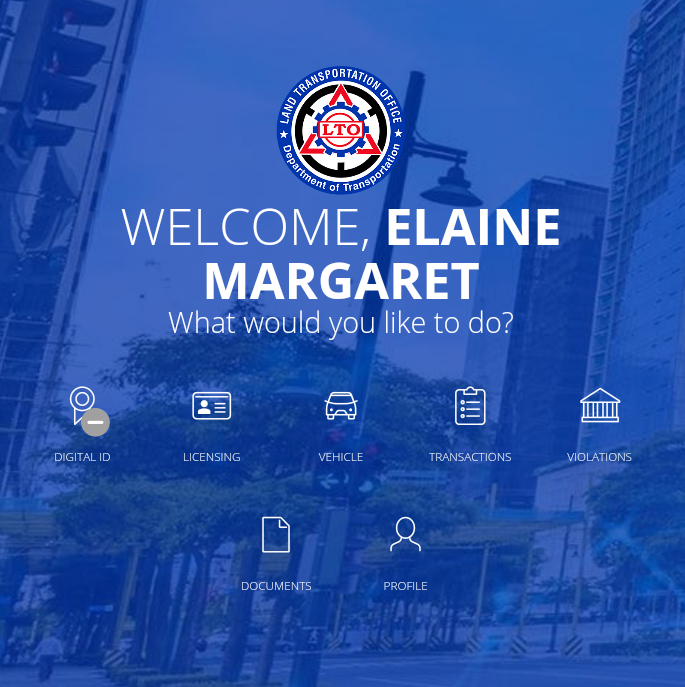
Step 5: Scroll down to the General Information section of your Profile and make sure to key in your Philippine-issued Tax Identification Number (TIN).

Step 6: Click Apply Changes.
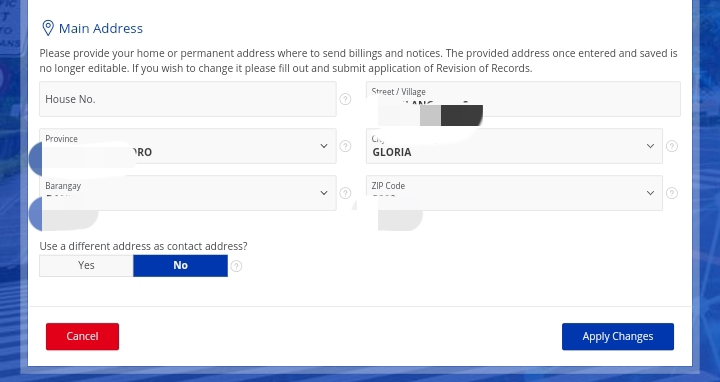
Step 7: Once the profile is updated with your TIN, locate and click on the Licensing icon on the Dashboard menu options.

Step 8: Read and accept the Terms of Use.
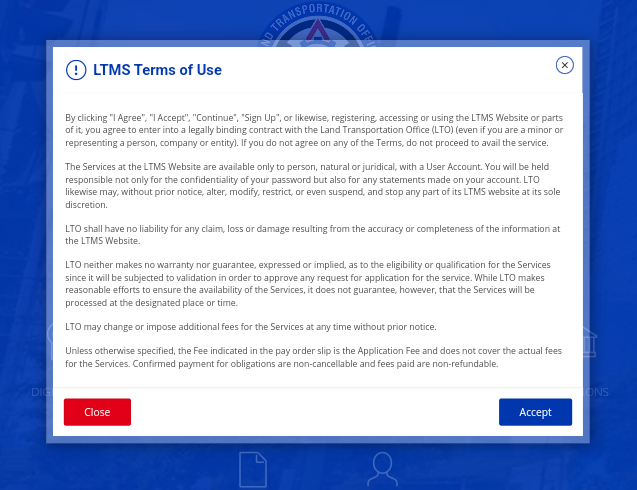
Step 9: In the Licensing section, you’ll find a button that says Add Medical Certificate. Click Add Medical Certificate.

Step 10: Key in your Medical Certificate Number and Click Verify.

Step 11: Once the Medical Certificate is linked, click on the Licensing icon on the Dashboard menu options.

Step 12: Read and accept the Terms of Use.

Step 13: Under the Licensing section, you’ll find the types of license such as Student Permit, Driver’s License, and Conductor’s License. Click on Conductor’s License, then click Next.
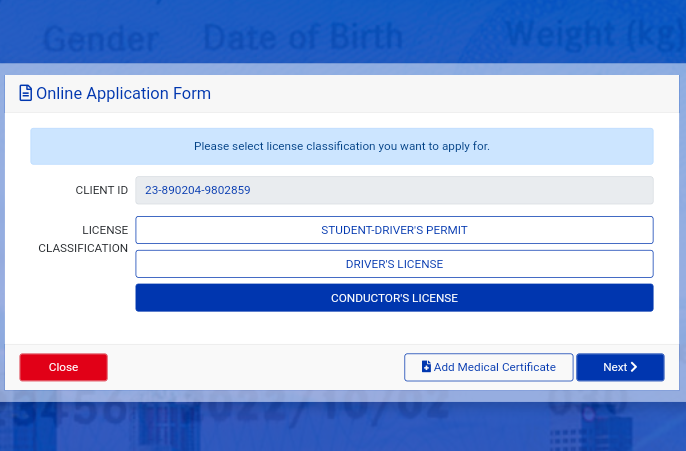
Step 13: You will then see the different transactions you can do via the LTMS portal, including New, Renewal, Duplicate, and Revision of Records. Select New.
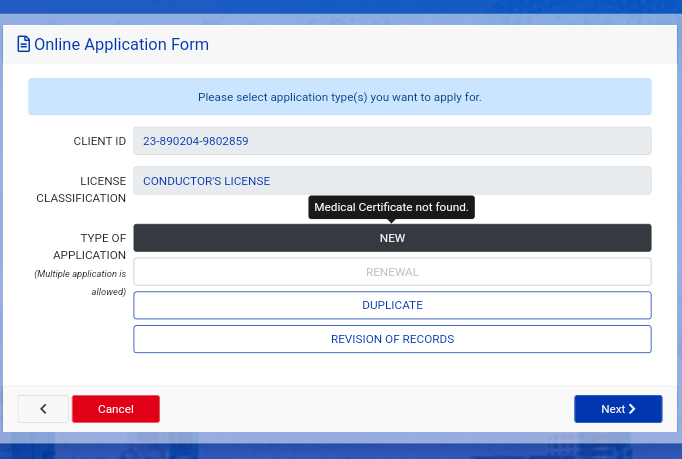
Step 14: Complete the required fields and upload the necessary documents.
Step 15: Select your preferred LTO branch for the appointment location/agency as well as your preferred date and time.
Step 16: Take a moment to review the license details and verify its accuracy. Pay attention to important details such as dates, spelling, and other details then submit the application.
Step 17: Select payment mode.
Step 18: Wait for the application confirmation and proceed to the selected payment channel.
Step 19: Pay the application fee and wait for the Official Receipt to be received via email.
Step 20: On the appointment date, visit the LTO branch, show up to the Client Service Officer (CSO) of the preferred location/agency, and present the paid transaction with the required documents.
Step 21: Get a queue number and wait.
Step 22: Wait for your number to be called, then proceed to the Client Service Officer (CSO) window for biometric capturing.
Step 23: Proceed to Examination area for the theoretical exam.
Step 24: Wait for the queue in the examination area.
Step 25: Take the exam.
If Applicant Failed the Theoretical Exam
Step 26: Receives the examination result and may re-apply the following regular working day or any day at his/her convenience.
If Applicant Passed the Theoretical Exam
Step 27: Proceed to the waiting area and wait for your name to be called out by the cashier for payment of the CL.
Step 28: Wait for the OR to be issued.
Step 29: Go to the Client Service Officer (CSO) window and present the OR to collect the conductor’s license.
Step 30: Sign in the log sheet and claim the updated CL card.
Validity Period of an LTO Conductor’s License
A new LTO-issued Conductor’s License (CL) is valid for a maximum of five (5) years until the licensee’s fifth birthday since the license was released, unless sooner revoked or suspended. A holder of a Conductor’s License who has not committed any violation/s during the five (5) year period preceding its expiration shall be entitled to renewal of the same license with a validity period of ten (10) years.
Fees
To secure a conductor’s license from the LTO, one must prepare to pay the following fees:
Regular fees
- License/ Permit fees: Php 585.00
- Application Fee: Php 100.00
- Computer Fee: Php 67.63
Overall Total: Php 752.63
Additional Penalty fees
- Expired for one (1) day up to one (1) year: Php 75.00
Expired for more than one (1) year up to two (2) years: Php 150.00
Expired for more than two (2) years: Php 225.00 - For On-time Renewal: Applicants only need to pay the license and (1) one computer fee
- For those with 1-day to 2 years expired licenses: They need to pay the license, penalty, and (1) one computer fee
- For Re-examinees: They need to pay the application, license, penalty and (2) two computer fees.
Other fees
- Replacement Fee: Php 225.00
- Certification Fee: Php 100.00
- Clearance Fee: Php 30.00
- Duplicate Fee: Php 50.00
- Revision of Records: Php 100.00
Tips and Reminders
When getting a Conductor’s License online via the LTMS portal, here are some things you need to remember:
- Ensure all required documents are complete and valid before proceeding with the application.
- Double-check appointment details to avoid scheduling conflicts.
- Familiarize yourself with the LTMS portal interface to navigate the application process smoothly.
- Seek assistance from designated support channels in case of any difficulties or inquiries.
- An LTO Conductor’s License (CL) is required by the Land Transportation and Traffic Code.
- It’s needed for individuals to legally work as bus conductors in the Philippines.
- New CLs issued during initial applications are valid for three (3) or five (5) years.
- Renewal can extend the validity to five or ten years.
- Dormant licenses can be renewed online via the LTO-LTMS portal or in person.
- The application process is similar to getting a Professional Driver’s License.
- Those with 3-year validity cards must visit an LTO Office for biometric capturing to get a 5-year card.
- In areas without PSA branches, a birth certificate validated by the Local Civil Registry with an Official Receipt is accepted.
Summary
Acquiring a conductor’s license via the LTMS portal offers a convenient and efficient way for individuals seeking to embark on a career as conductors in the public land transportation sector. By adhering to the prescribed procedures and requirements outlined in this guide referenced from the guidelines provided for by the LTO, applicants can obtain their licenses with ease. After all, this digital approach not only streamlines the application process but also underscores the importance of embracing technology to enhance accessibility and efficiency of the LTO as the main regulatory body of the land transportation sector.